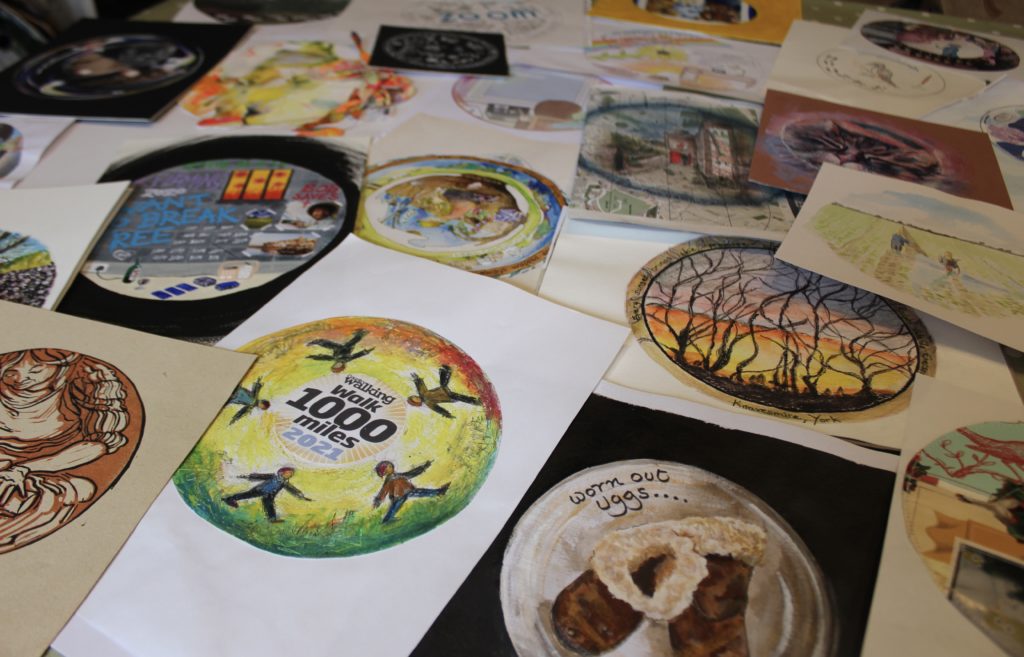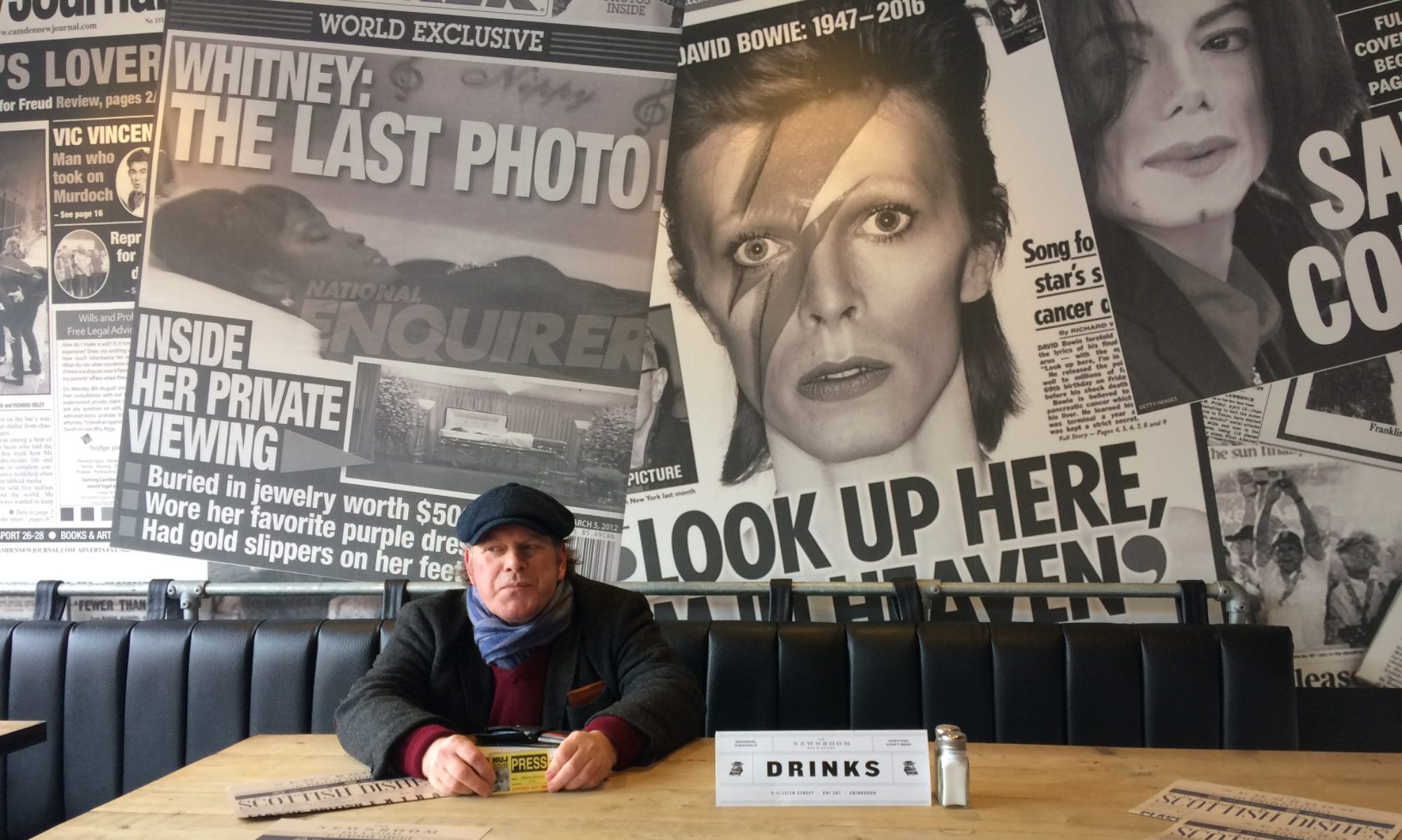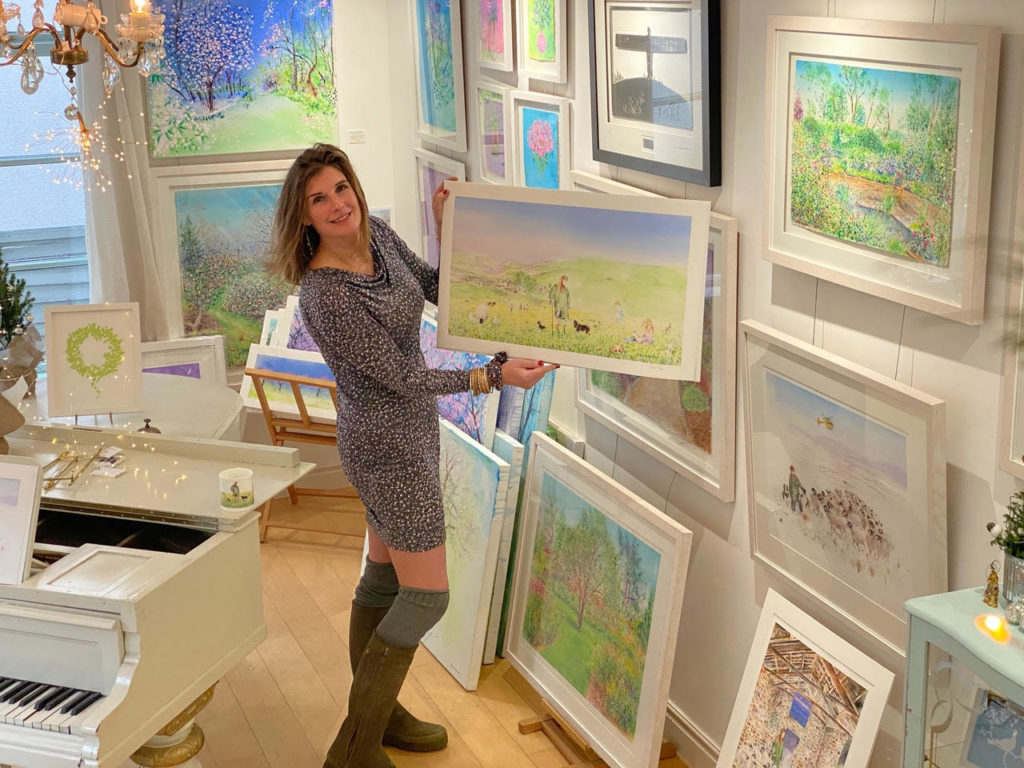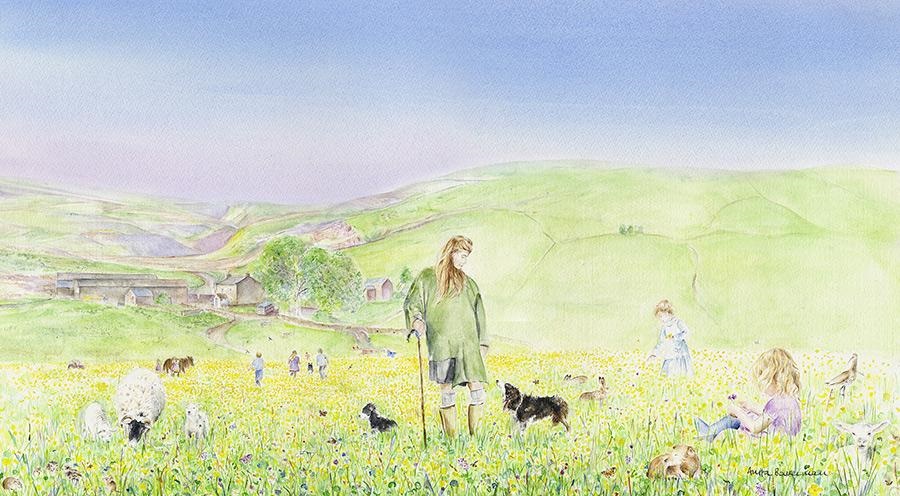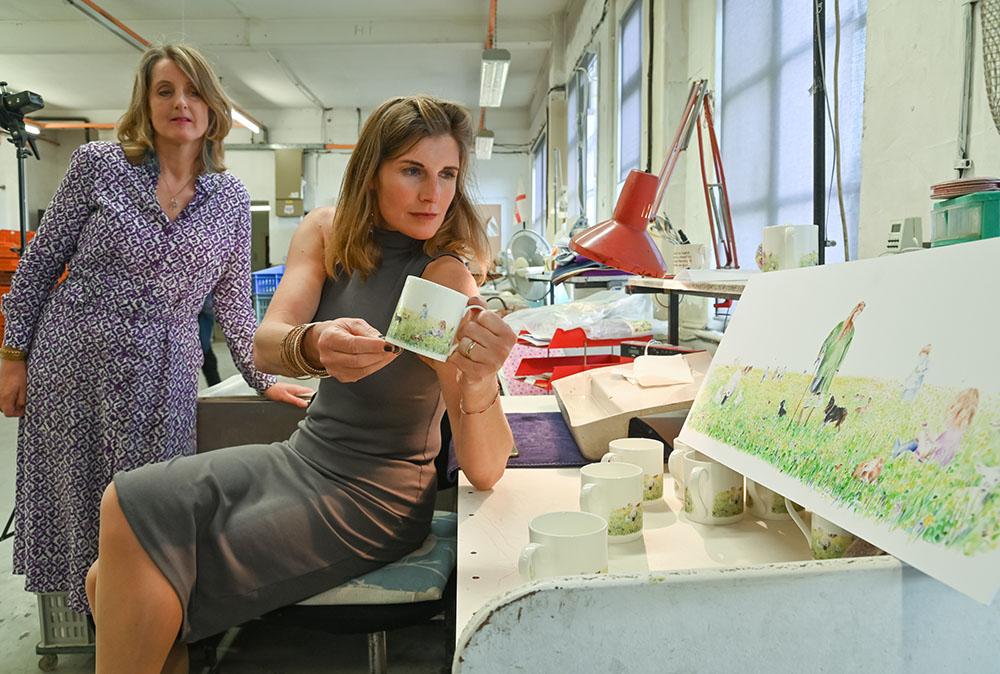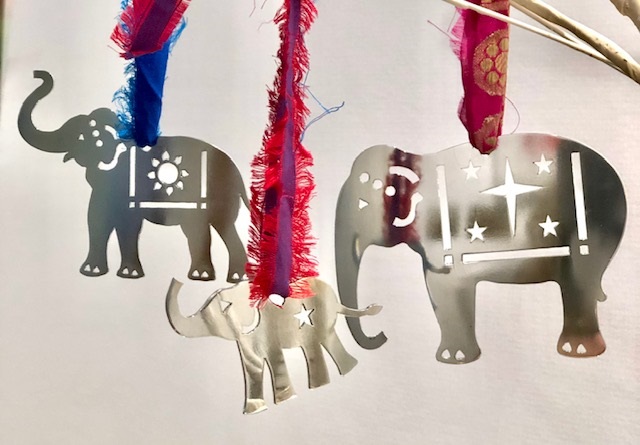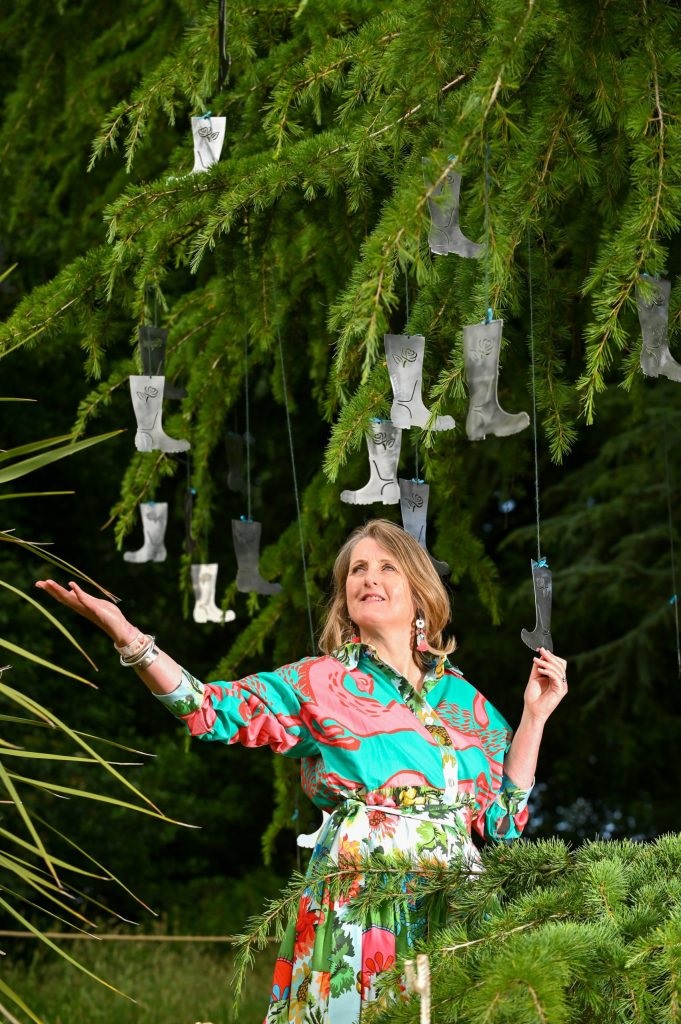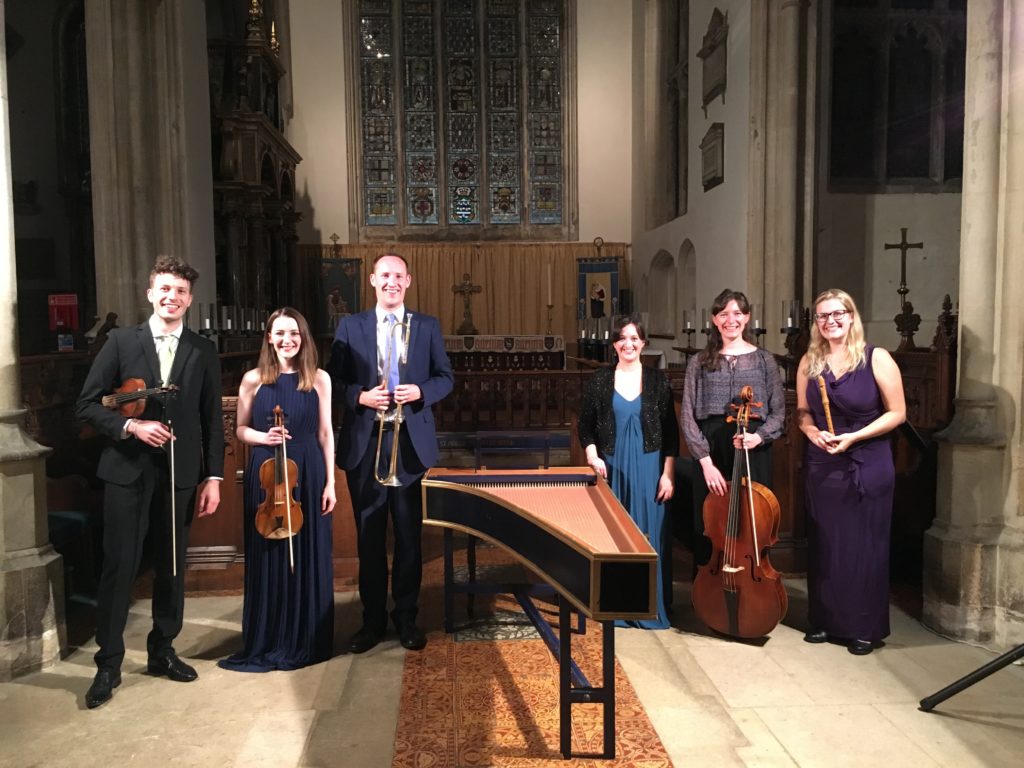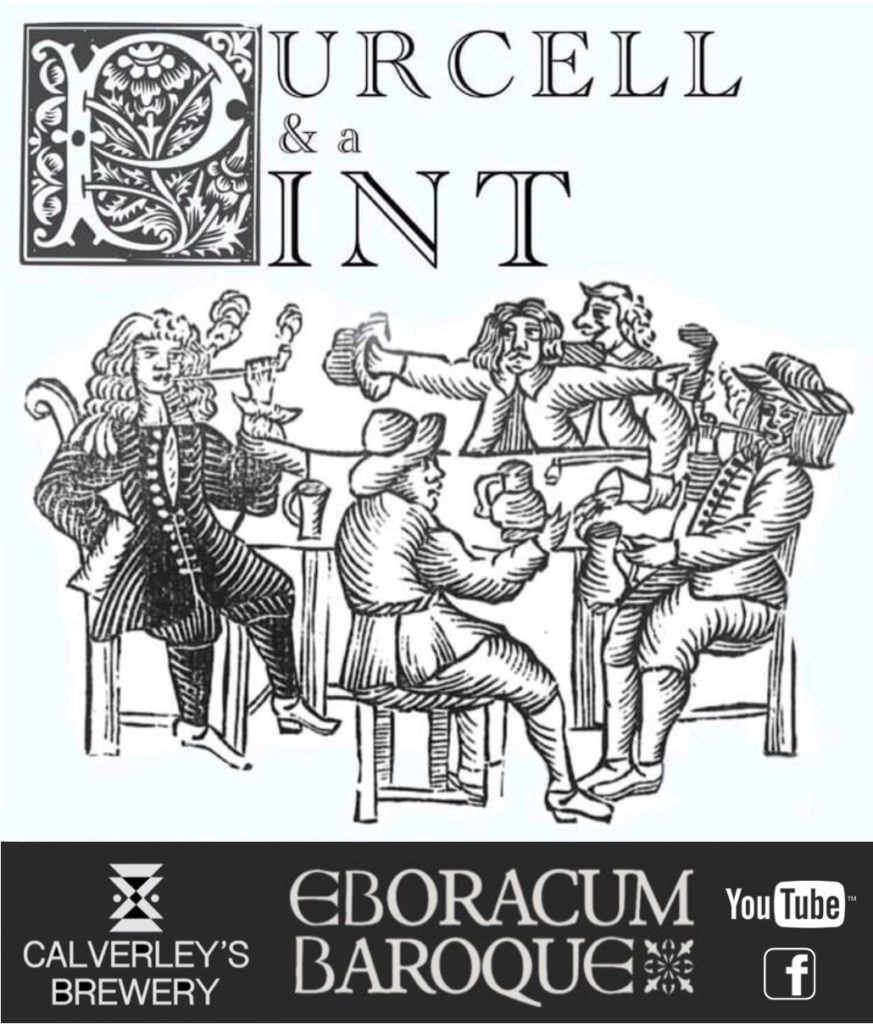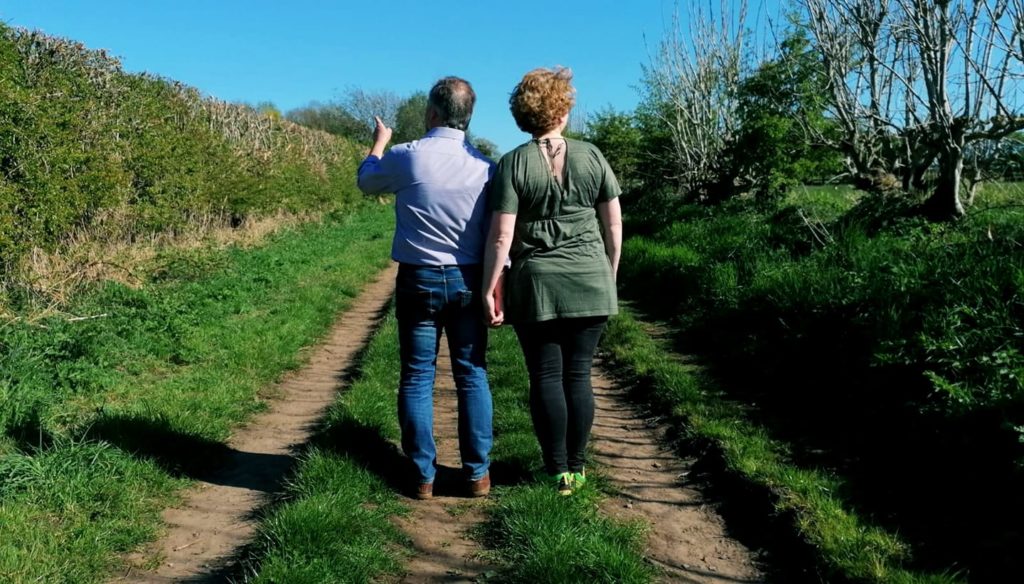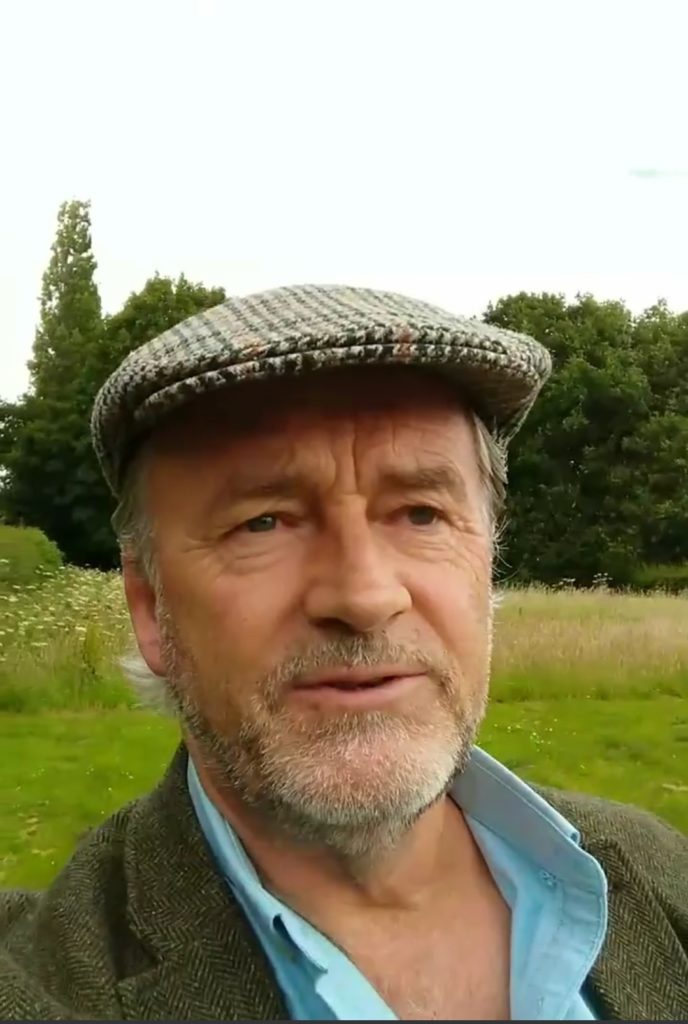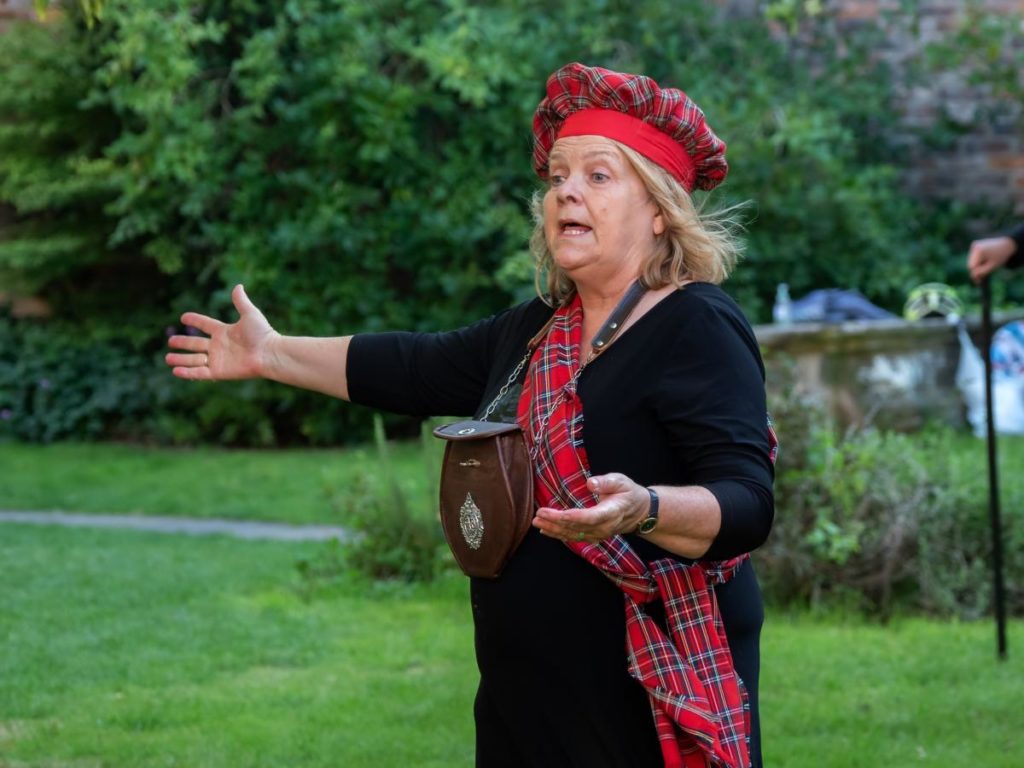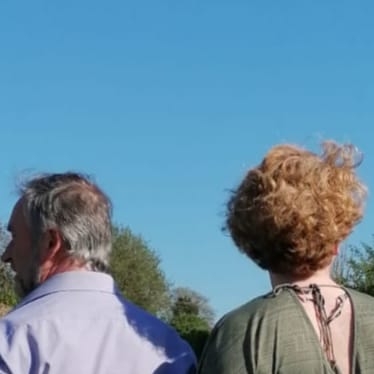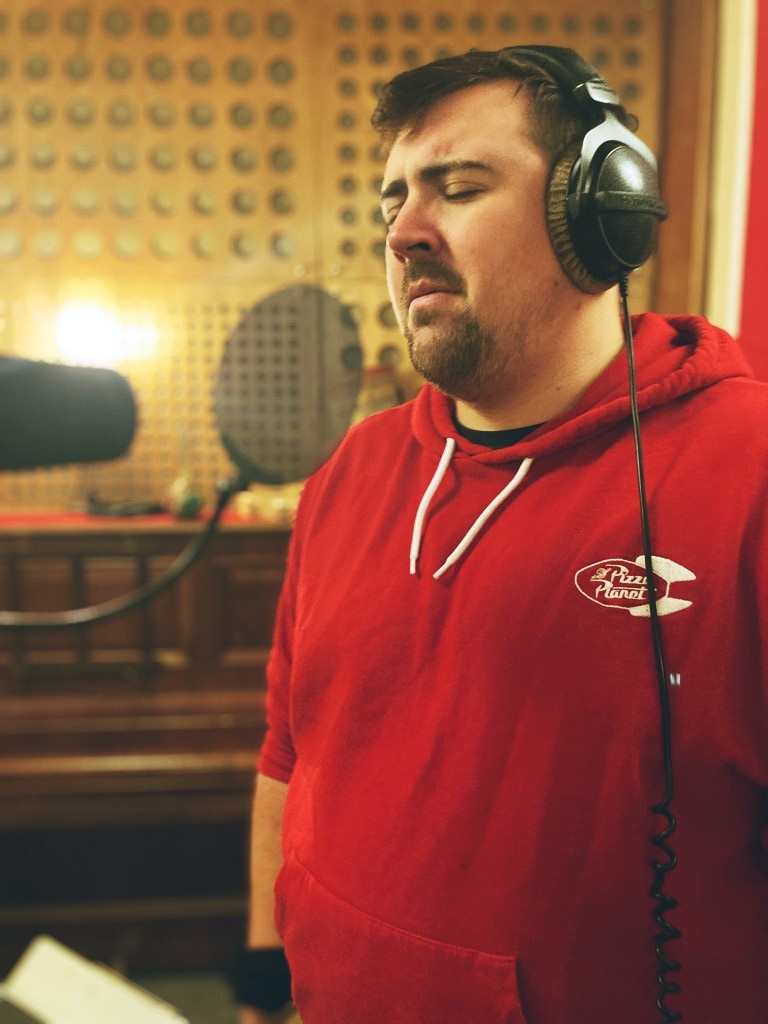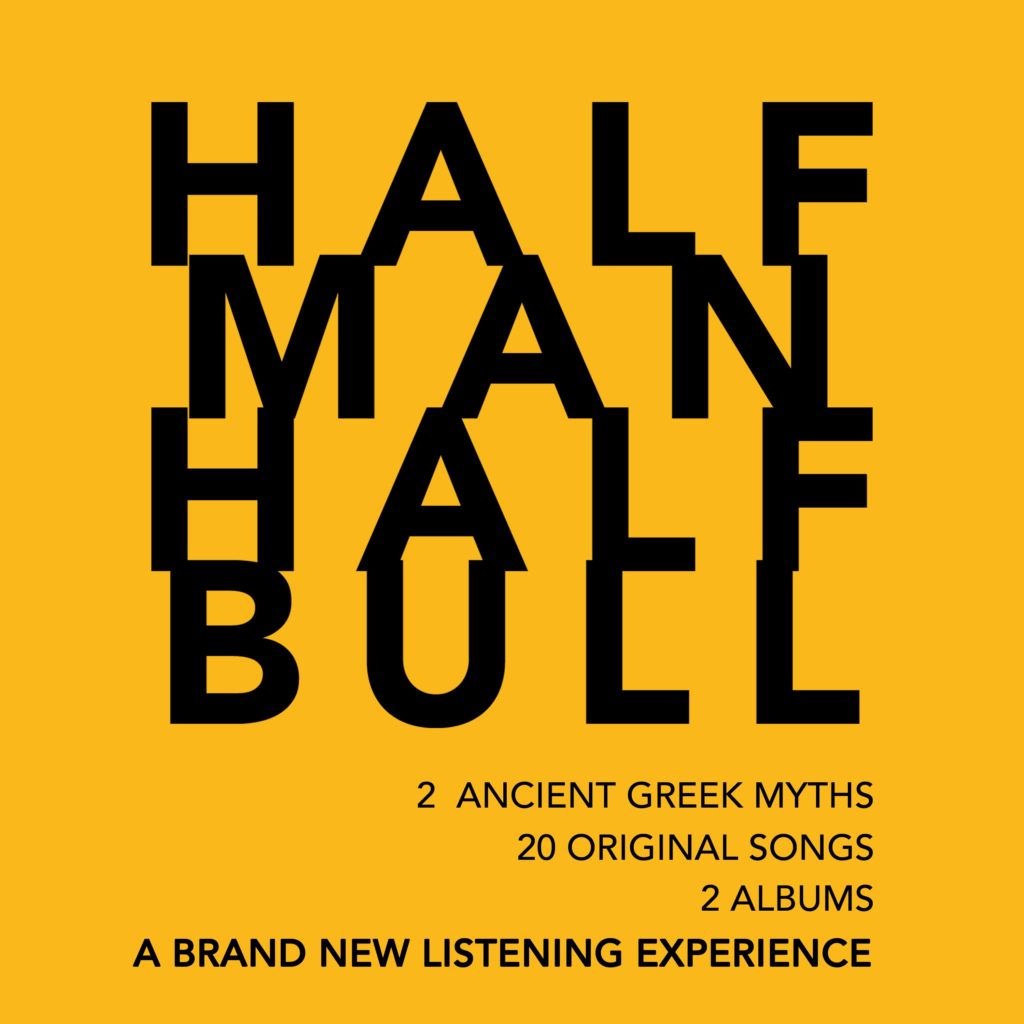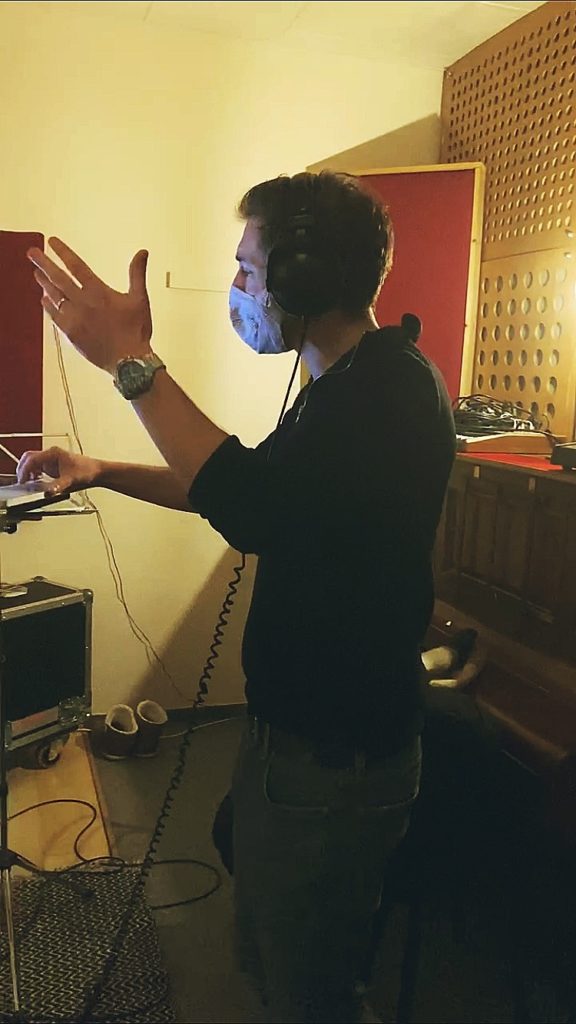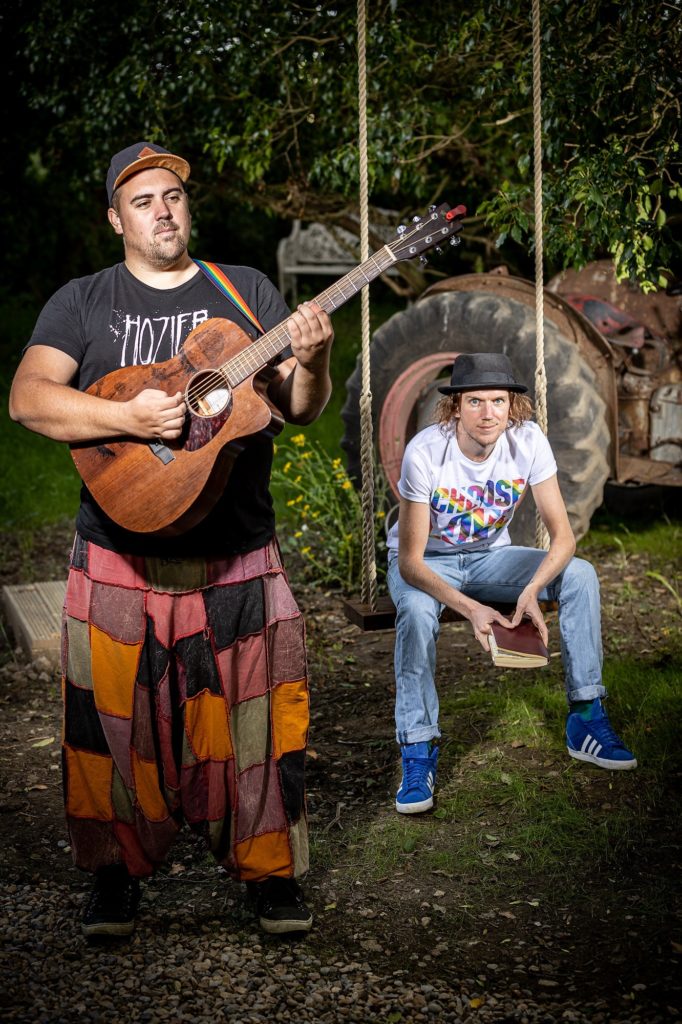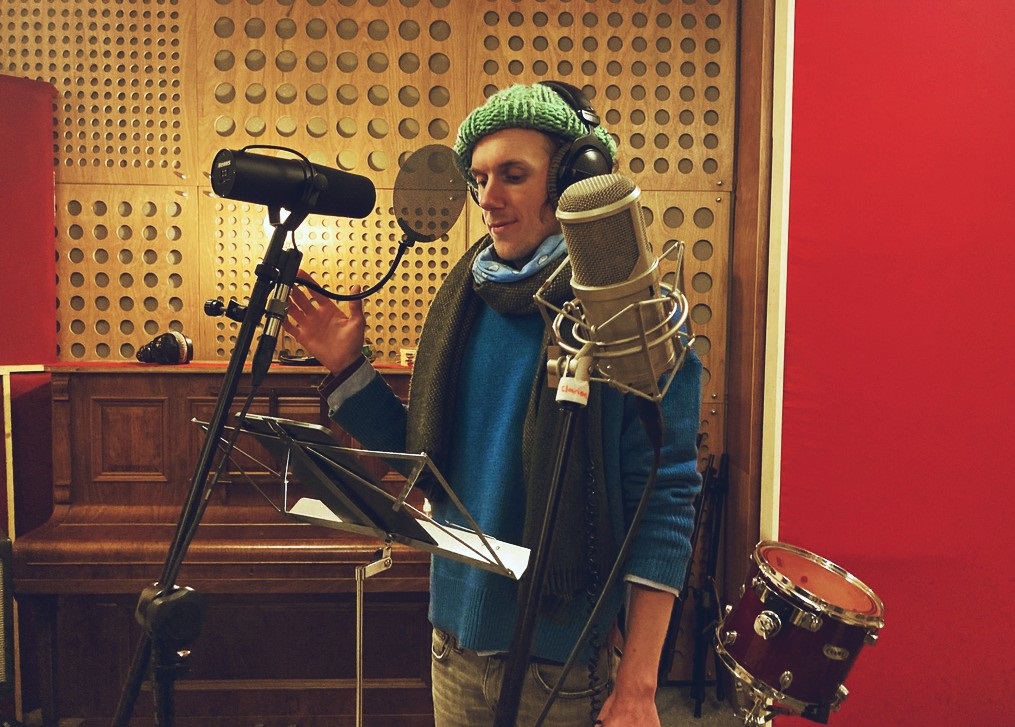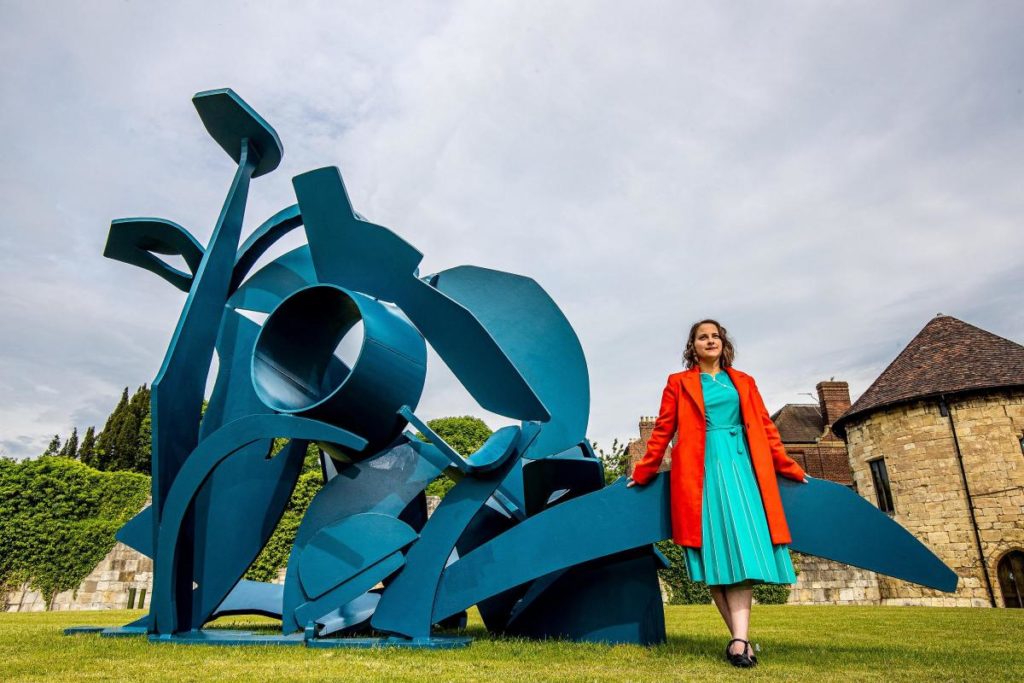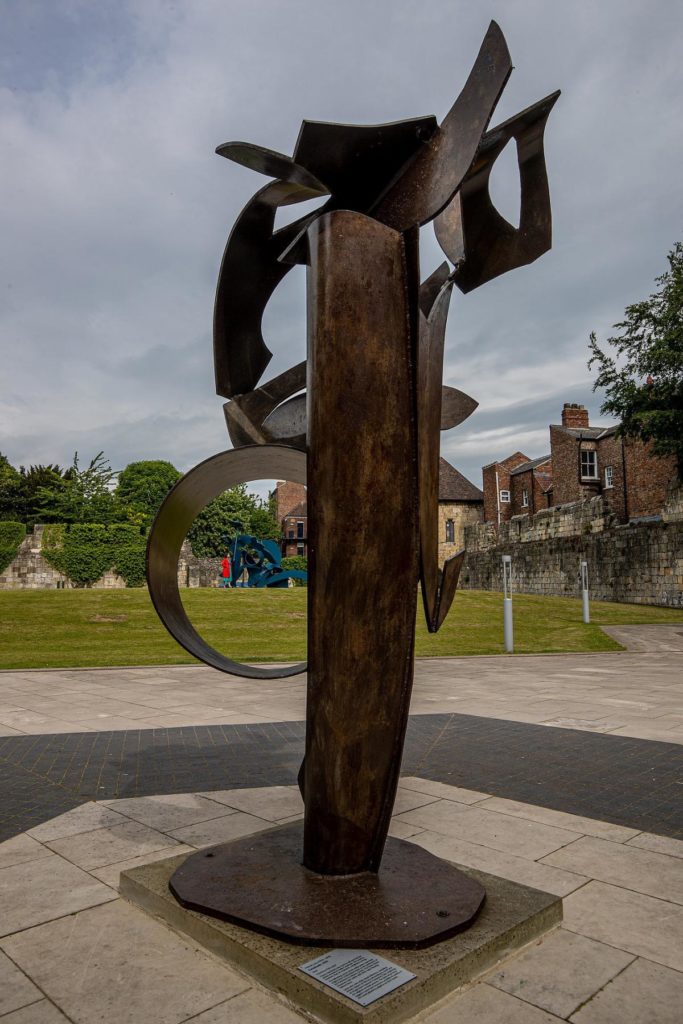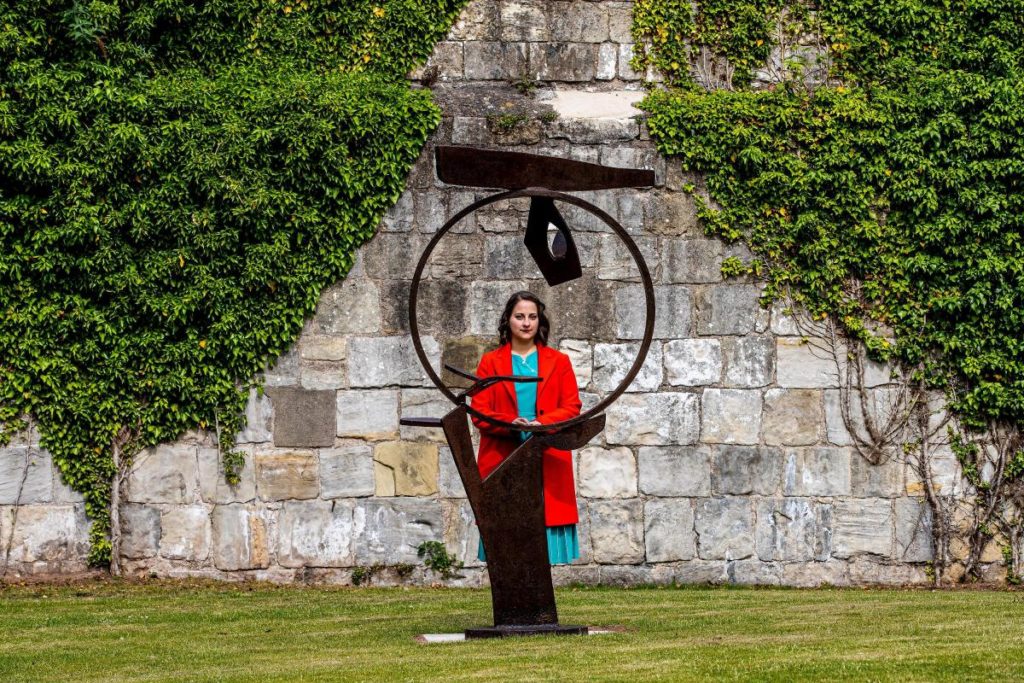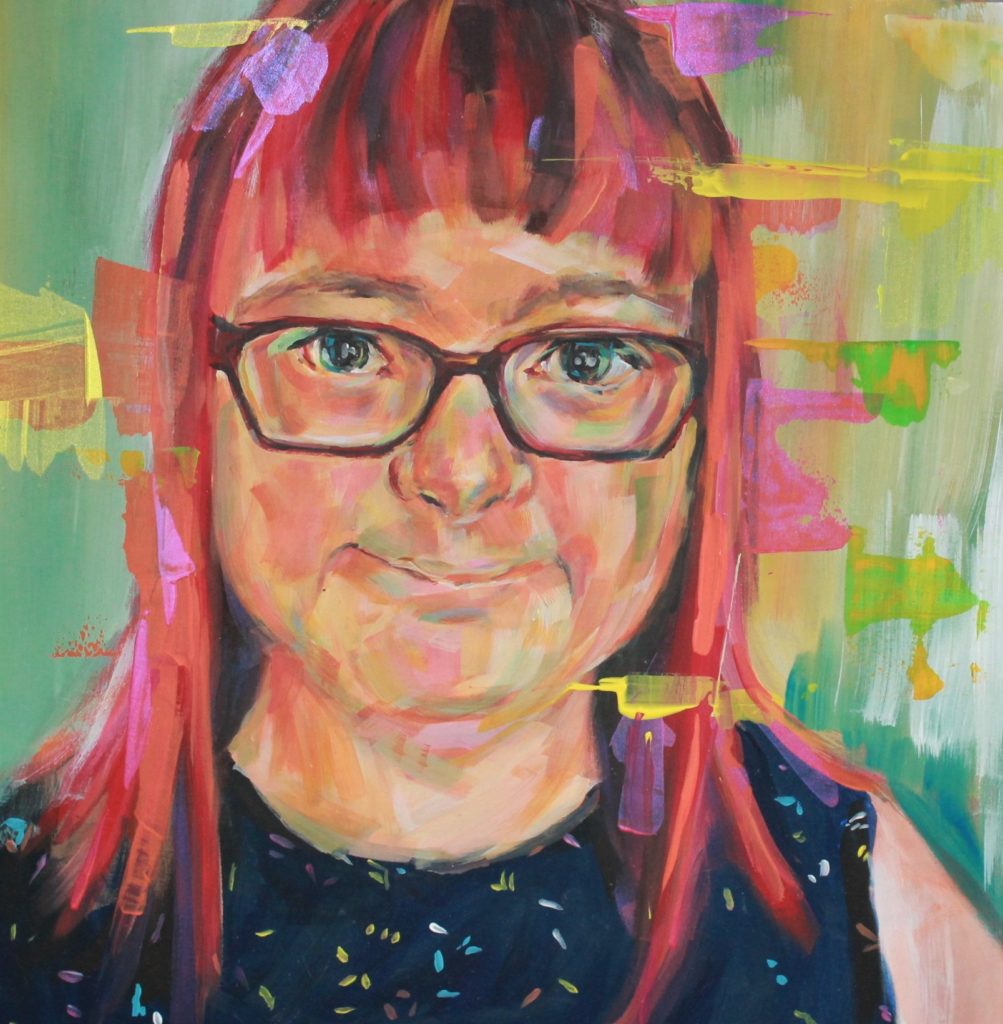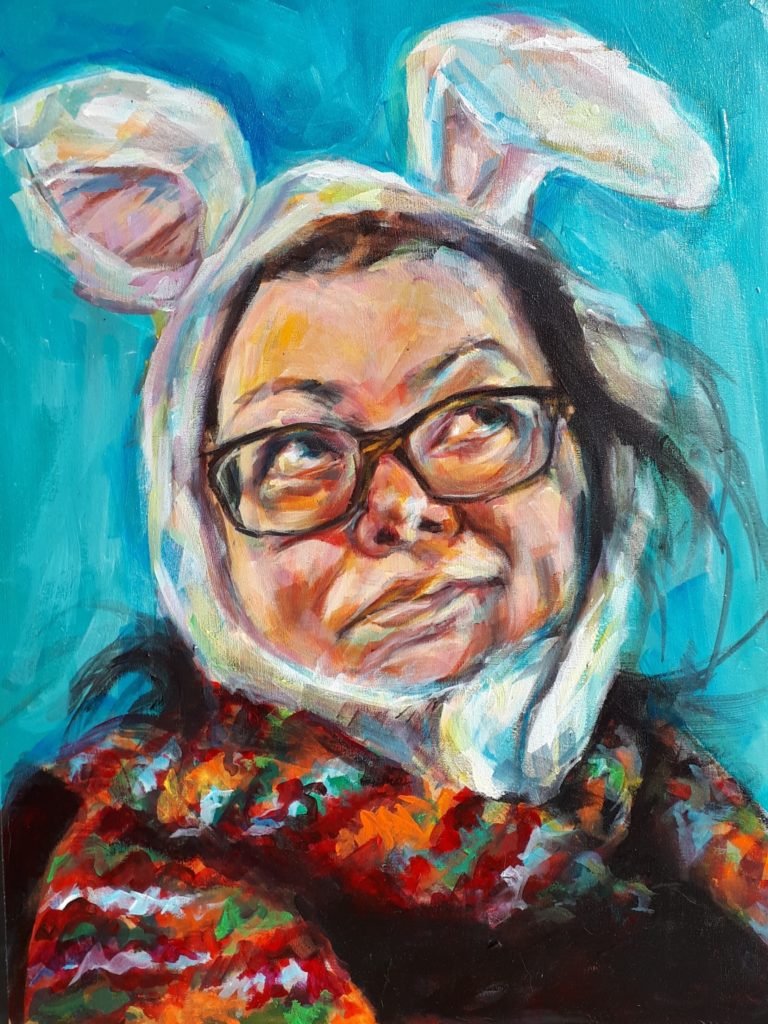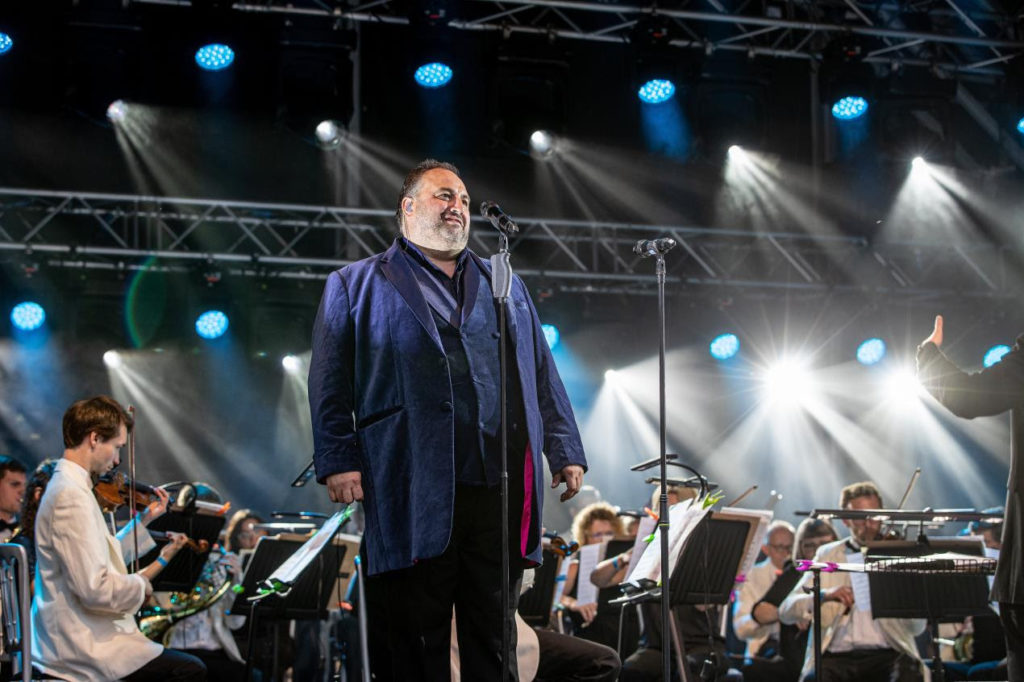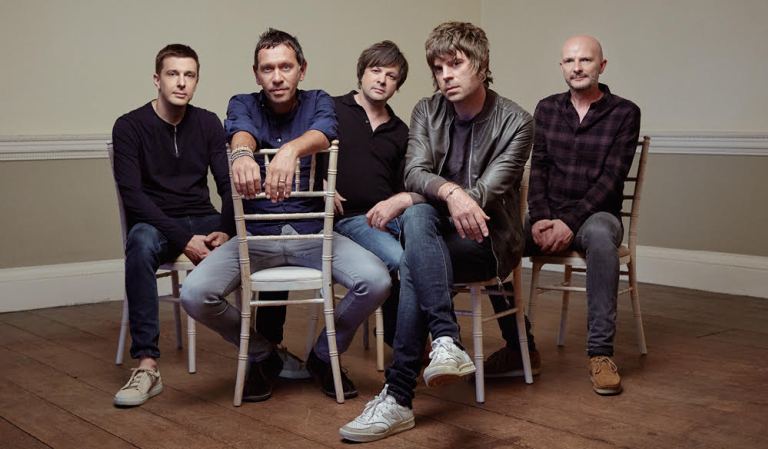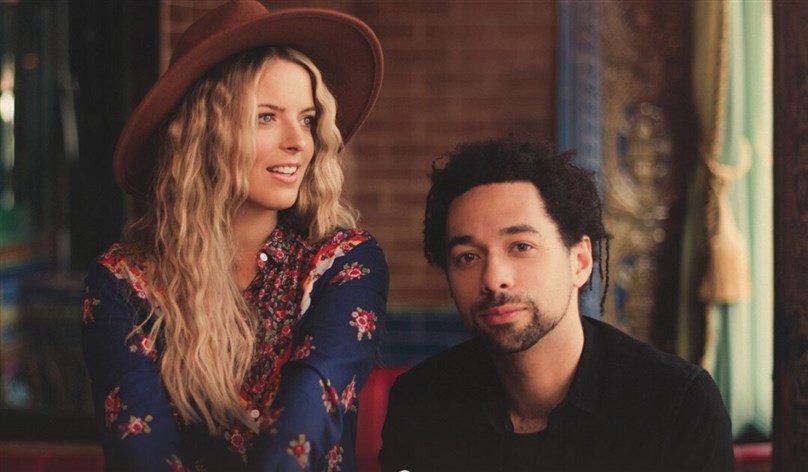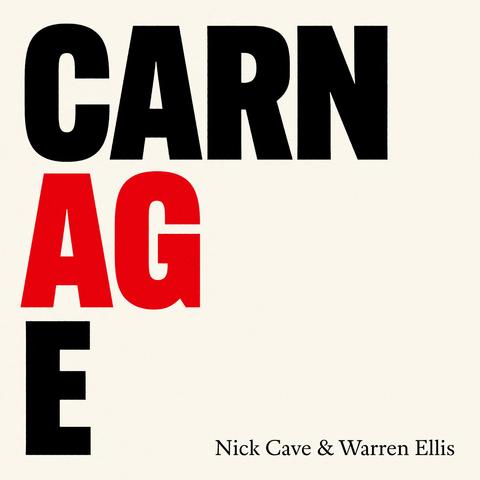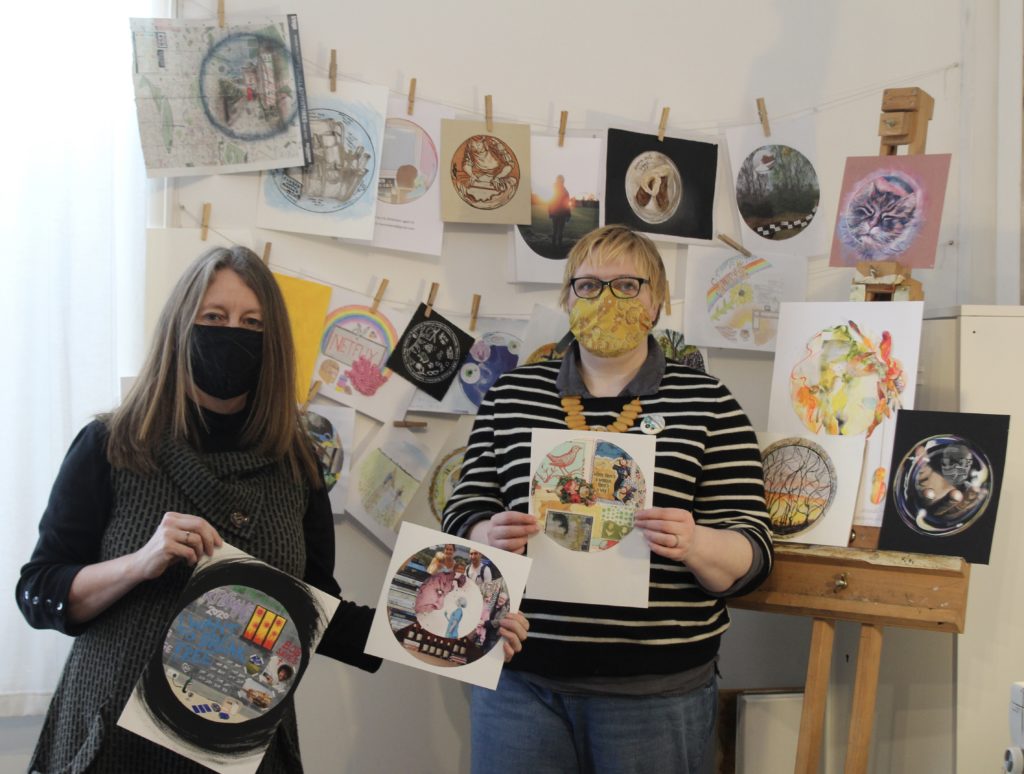
THE first cases of the Covid-19 virus in the UK were identified in a York hotel, and today marks one year since the first UK lockdown was announced with the Government advice to “avoid unnecessary social contact”.
Soon to follow was the Stay Home, Protect The NHS, Save Lives edict as lockdown kicked in March 23 2020.
A year on, Lockdown 3 has reinstated that mantra, and March 23 2021 brings a new deadline, in the form of the closing date for a pandemic community art project launched by South Bank Studios artists Donna Maria Taylor and Katie Hill on January 31 to “help people through lockdown and isolation”.
“Are you looking for an art project to do during lockdown,” they asked. “To mark this year, we’d like to invite our friends in York to take part.
“Even those of us lucky enough to have a studio outside of our homes have had to do much more work than usual at home, so we’d like to represent this by inviting you to make a small artwork at home on the theme of A Year Of Change: My Bubble.”
Bubble-shaped works must then either be delivered to Southlands Methodist Church letterboxes on either the Southlands Road or Nunmill Street entrances, marking the envelope FAO My Bubble, or posted to My Bubble (South Bank Studios), Southlands Methodist Church, 97, Bishopthorpe Road, York, YO23 1NX.
The ever-expanding online exhibition is already up and running at southbankstudios.co.uk/onlinegallery, and a physical exhibition will follow at Southlands Methodist Church, once the lifting of lockdown restrictions permits the Covid-safe reopening of the church building.
“So that we can put all of the artworks together in 2D – and possibly 3D – forms for the physical exhibition, we’re asking that the artworks should be a specific size and shape,” say the organisers. “So the design must be contained within a circle, somewhere between 12cms and 21cms in diameter.”
For full details on how to take part in My Bubble, go to: southbankstudios.co.uk/art-project.
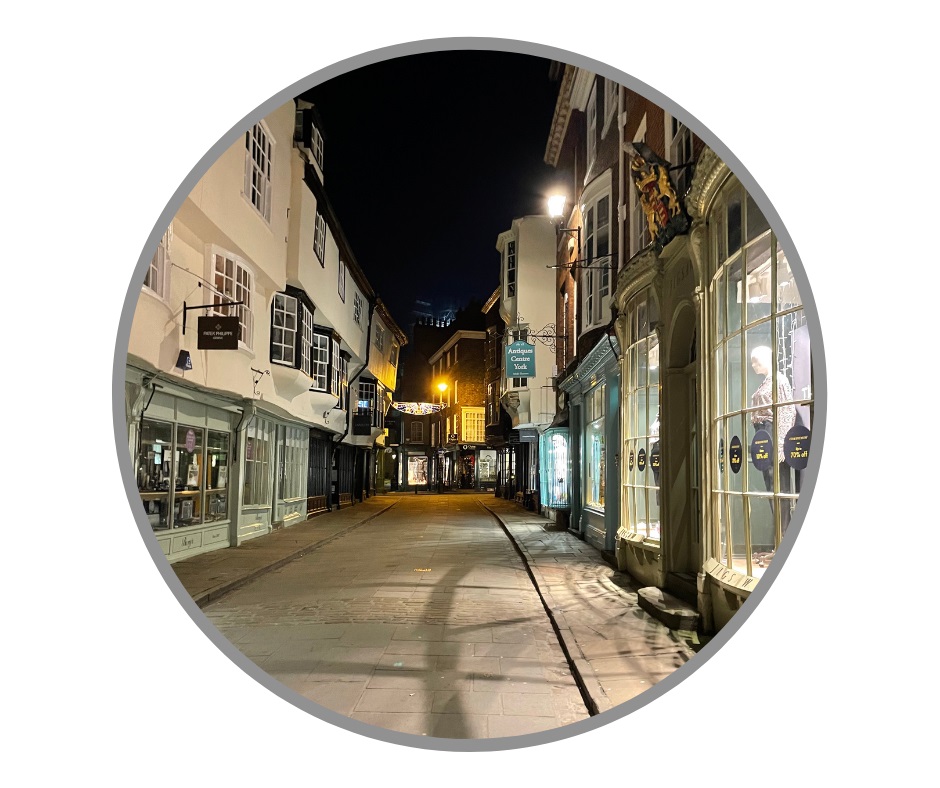
Here, South Bank Studios community art project leaders Donna Maria Taylor and Katie Hill answer Charles Hutchinson’s questions on My Bubble:
What gave you the idea for this lockdown project, Donna?
“I decided I wanted to give something back. And being involved in a community art project was at the top of my ‘To Do’ list at the beginning of this year.
“For personal reasons, I wasn’t in a position to get involved in any of the projects many artists were getting involved in during the first lockdown: making masks, scrubs, painting portraits for NHS Heroes etc.
“I contacted Katie in mid-January to ask if she’d be interested in working with me on the project and we launched it by the end of that month.
“Since Katie had recently taken on the role of ‘studio rep’ for the loft studio spaces at South Bank Studios, she seemed like a good person to approach to work with on the idea. It’s always great to have others to work with on projects like this as you can throw ideas back and forth.
“Katie came up with the timescale idea, linked to the first Covid cases in York and the initial lockdown date [March 23] became the project’s deadline date. She also came up with the title ‘A Year Of Change’.
“We were originally looking at asking people to produce designs within squares but then the ‘My Bubble’ idea suddenly came to me in the middle of the night, as these things tend to do!
“It all happened quite quickly once the idea was formed, and since then we’ve been meeting on Zoom on a regular basis to discuss progress and look at different ideas on how we could promote the project. Our friends on social media have been brilliant at helping us to do that and we’re very grateful to them for that assistance.
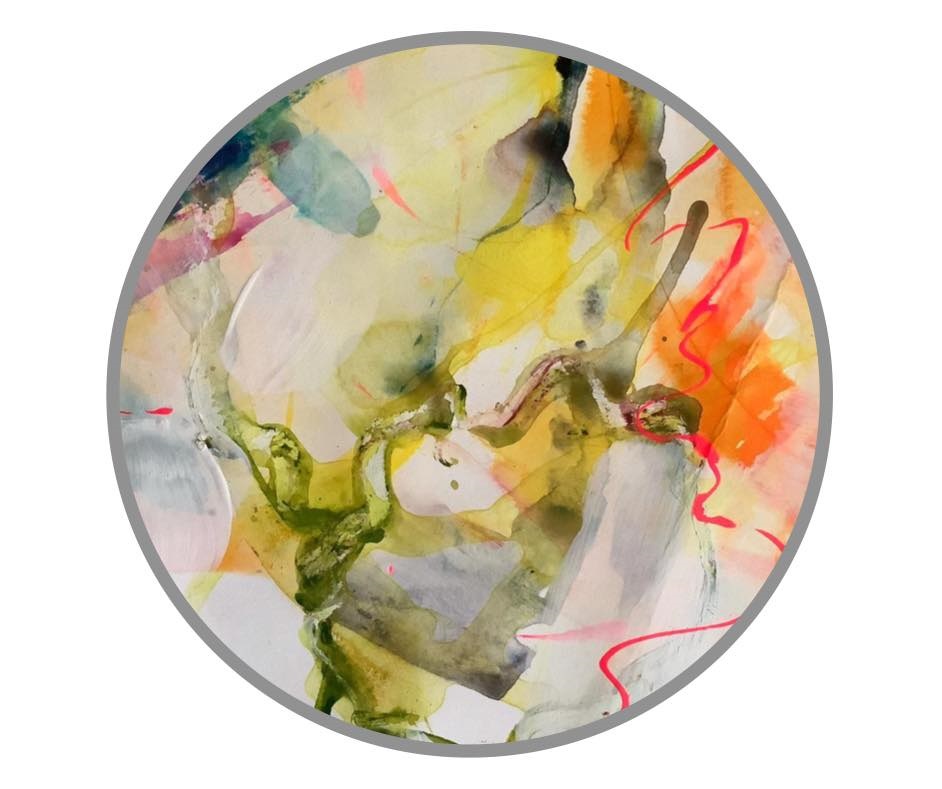
“Initially we were going to limit the project to adults, but we soon realised that it would also give families a chance to do something creative together while they were stuck at home doing home schooling, so we opened it up to cover all age groups.”
What drew you to become involved in My Bubble, Katie?
“I’ve worked on a lot of community art projects in Leeds and only moved to York in January 2020, just before lockdown, so it’s been a strange time to arrive in a new city. This project was an opportunity to get involved in something with the local community, to get to know people and do something positive during a very challenging time for everyone.”
How many bubbles have come in so far? How many do you anticipate exhibiting?
“We’ve had around 40 bubbles arrive so far and we’re expecting quite a few more will arrive in the next week – people love working to a deadline.
“We’ve been in touch with a number of groups in York who we hope will get involved, such as York Carers, York Mind and Refugee Action York, but we really don’t know how many we will receive until the deadline.
“We’d love to get 365, one per day of the year, but however many we get it will make a great exhibition.”
When will the exhibition open online and when might you hope to put the works on display at South Bank Studios?
“We’ve already set up an online exhibition on our website where we’re adding ‘bubbles’ as they come in. You can see it online at: https://www.southbankstudios.co.uk/onlinegallery.
“We’re also doing regular posts on our social media sites, and we’re planning to have an exhibition of all the ‘bubbles’ together at some point over the summer months and certainly hope to coincide this with the two York Open Studios weekends: July 10/11 and July 17/18.”
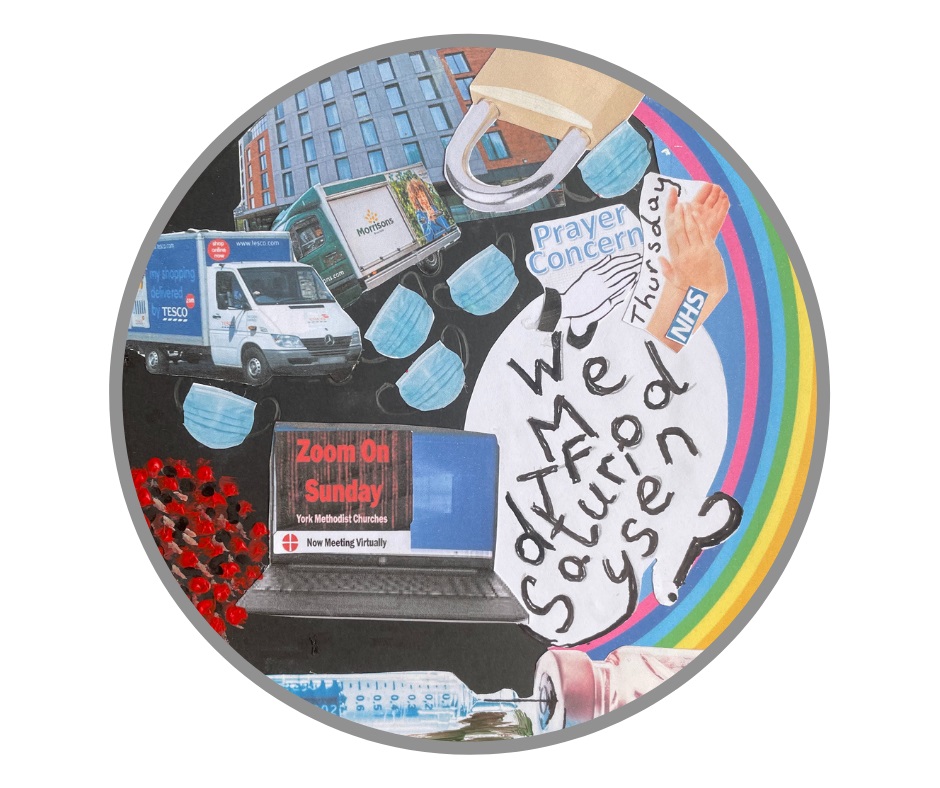
Why are community projects important to you? Why are community projects important full stop?
Donna first: “I’ve always enjoyed working with other people and love to see all the original artwork that comes in when you ask people to get involved in something like this. I’ve been involved in many in the past – particularly in my association with York Learning – and in some ways it always amazes me how different the artwork produced is, although obviously I know it shouldn’t.
“Imagine if all the artwork that came in was exactly the same. Now that really would be worrying! I think projects such as this inspire people; they make them feel part of a whole and help to bring people together. Not to mention the huge therapeutic benefits that doing any sort of arts and crafts has on the health and wellbeing of individuals.
Katie: “The Covid crisis has highlighted many things, including the importance of connecting with your community, taking action to maintain your physical and mental wellbeing, and the value of creativity for mental health.
“Hopefully, this project brings those things together. Community projects are so important to create opportunities for people to connect with each other and to express themselves and their experiences.
“We were really aware that the last year has been a very mixed experience, with some severe hardship and distress, and as artists we really believe that doing something creative can help during challenging times.”
In a year of change, what changes have been for the better?
“It’s definitely been a time to get to know our local community and neighbours much better. We’ve also been able to connect online: as artists we’ve started to have regular online meetings, which has really transformed how the studios are run and the sense of community there.
“People have become more aware of local projects and businesses, plus there’s the huge environmental positives, of course.”
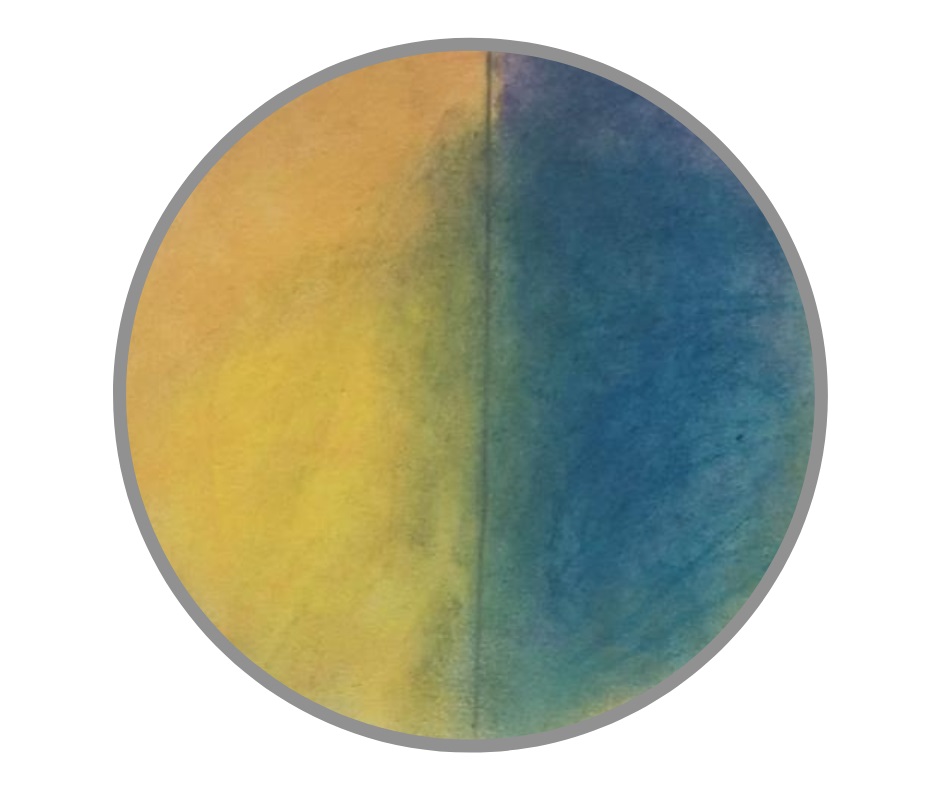
What changes have been for the worse?
“So many people have suffered in this last year. So many people have died, and so many have been separated from their loved ones for long periods of time.
“Some people have lost their livelihoods and it’s difficult to imagine how some of that will recover, including live music and theatre.
“Living with the anxiety of feeling vulnerable to a horrible virus for a year has been a huge challenge for mental health, particularly for young people, and for key workers. There have been many changes – some things will never be the same again.
“It’s certainly a historic time we’re living in and we’re grateful that we’ve been able to record this in some way.”
What challenges have been thrown at you as an artist and what have you learned over the past year about your artistic vision and practice?
Donna: “My theatre work has all dried up, of course. I’ve only actually had one theatre job in the last year. And all my teaching has moved online.
“Again, like everything, it seems there are positives and negatives. Not being able to get into the studios all the time has been strange, but the time the pandemic has afforded me has actually meant that I’ve had more time to experiment and move forward with my art, which I may not have been able to do otherwise.”
Katie: “I’m a lecturer and all of my teaching suddenly went online, which actually created a lot of time to do craft and artwork while talking on video calls.
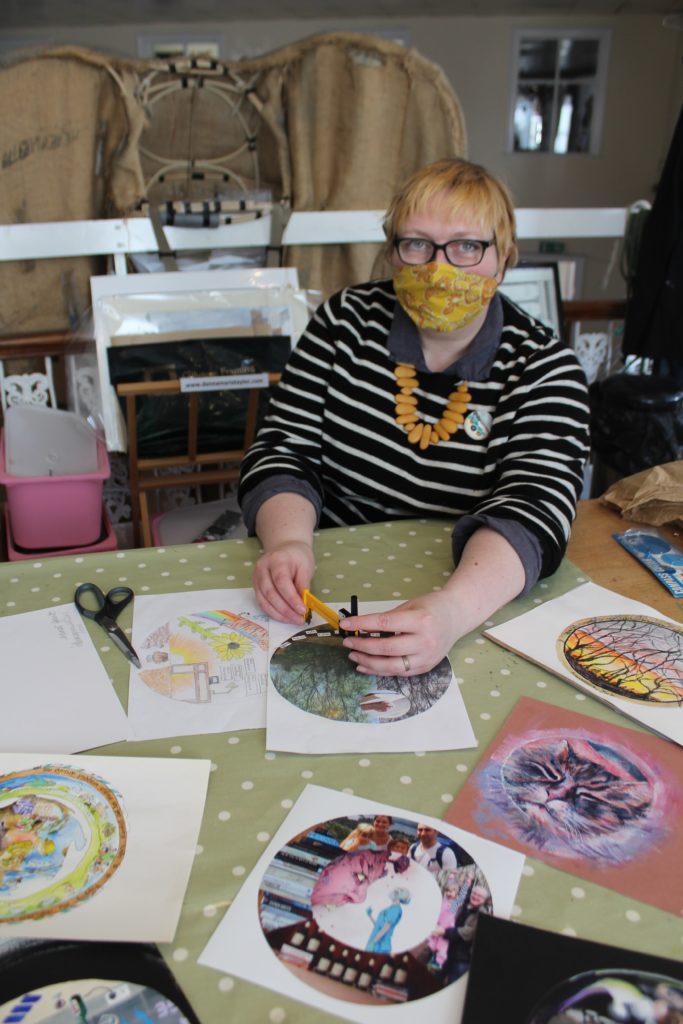
“In the first month of lockdown I crocheted three blankets and realised that I needed to find other things to do. I’ve started working in sketchbooks for the first time in years and am developing ideas for textile arts and surface pattern design.
“I’ve been taking lots of photos of leaves and flowers on my exercise walks, which I have then used as inspiration for artwork. I never used to go for walks at all, so that’s a huge change for me.
“I’ve also been able to learn some new techniques by attending online classes with artists all over the world. So, creatively it has been a time of huge growth for me.”
In what ways has South Bank Studios been able to connect with the community during lockdown?
“As well as setting up this community art project, we’ve started free online ‘Create and Chat’ sessions to help the studio and church community through lockdown and loneliness. We also ran a stall outside the studios before Christmas, as part of Planet South Bank’s Crafty Crawl, which was very successful.
“Our studios are housed within Southlands Methodist Church and the church does a lot of creative community projects too. They’ve just put a spring flower display in the church windows and had a community Christmas tree outside at Christmas time that people could add their own decorations and messages to.
“The church is also working on a community garden, which will be a great asset particularly if it continues to be safer to be outdoors. Maybe we can run some outdoor community art sessions in the summer.
“Another artist, Rebecca Mason, has also set up a fundraising page for Cancer Research, and our friends at Planet Food – who share the building on a Thursday – have continued to offer weekly support to members of our community through their zero food waste initiative.”

What is the symbolism of the circular shape for a piece of art in My Bubble?
“We wanted a format that would unify all of the artworks, so that people could do a range of art in different styles, but they would all fit together, so we knew we wanted everyone to do something that was the same shape.
“Obviously the ‘Bubble’ idea links to social bubbles in lockdown, so the circle fits with that idea too. We’ve received some gorgeous artwork so far: the circle idea is working really well.”
What pieces are you each doing for My Bubble?
Donna: “Mine will be based on a photograph I took on New Year’s Eve as I walked through the empty streets of York city centre in the early evening with my daughter. It was deserted and symbolises what York has been like throughout the various lockdowns.
“For those of us who live in York, we know that we’d usually find lots of revellers everywhere at this time on the evening of a New Year. It was quite eerie in a way.”
Katie: “Following on from my flower art from daily exercise walks, I’m drawing and painting a bubble full of plants and flowers, including plants that have connections to my friends and family.
“With much more time at home than usual, I’ve done a lot of work in my small garden and am enjoying growing plants that have been given to me by my family and friends over the years.
“It’s a way to feel connected to them when we can’t be together in person. For example, my front garden is full of pale pink Hesperantha that were given to me by my mother, from her garden, so I really think of her when I see them.
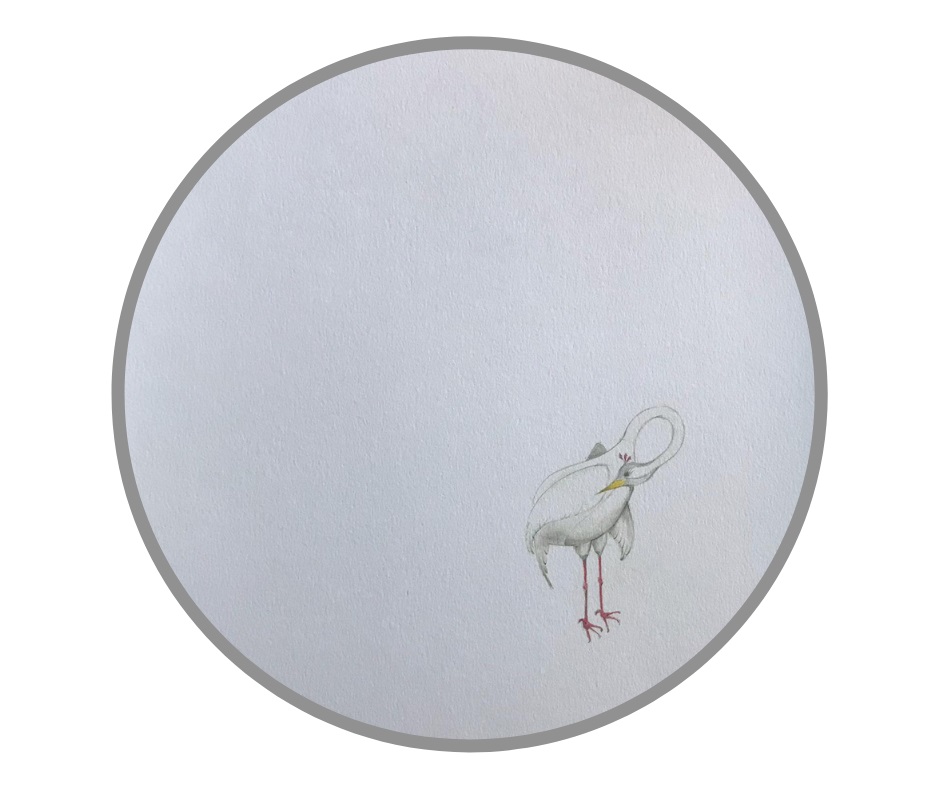
What are you both working on?
Donna: “I’m planning two new online classes, Experimental Watercolours and Spring Sketchbooks, which I’ll be delivering on Zoom. Although most of my learners are based in York, I’m now also teaching people as far away as Edinburgh, Brighton and Herefordshire. I’m also workin on a new series for York Open Studios.”
Katie: “I started a full-time PhD in January at Northumbria University on Social Design, which is where we use design processes and design thinking to work with communities on social and environmental projects.
“I’m going to be doing a community project as part of it in 2022, so I’m planning that at the moment. I’m also teaching online: design history and theory, and employability skills for designers.”
Which South Bank Studios artists will be participating in York Open Studios in July?
“There’ll be seven of us exhibiting: Donna Maria Taylor, Carolyn Coles, Caroline Utterson. Colin Black, Nicola Lee, Rebecca Mason and Karen Winship. It’s definitely one of the highlights of this year for those of us who are taking part and we’ve been looking forward to it for a long time now. More details about the event can be found at: yorkopenstudios.co.uk.
“We’re also planning to have other events as the building opens up and we’re safely able to do so: further craft fairs, coffee mornings and art exhibitions/installations.
“As a studio community, we’ve lots of ideas for the future and very much look forward to things getting back to normal, so we can explore all the ideas that we do have, both within the studios themselves and also in the space in and around the building.”
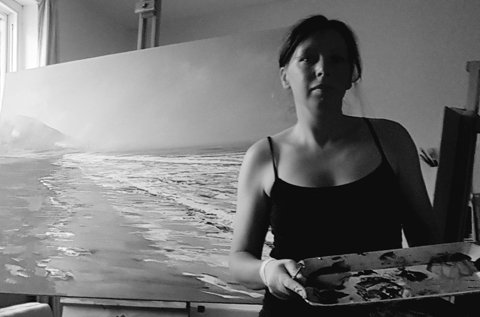
Where might we all be in a year’s time?
Donna: “This is a tricky one. Personally, I would imagine my theatre work will slowly come back, but I will certainly be continuing with my online classes for a while. I’d like to think that I could go back to some real-life teaching at some point too, but for now I’m just planning things a couple of months in advance.
“In many ways, as artists, we’re very lucky as we’re used to change and insecurity. Historically too, interesting/innovative art often comes from challenging situations and living through difficult times.
“Looking forward, I also like the idea of running further community art projects from South Bank Studios, so watch this space.
Katie: “It’s so hard to imagine. If you had said in March last year that we would still be in lockdown a year later, I would have found that difficult to believe, so that makes me think that progress will continue to be slow.
“I think we’ve experienced a huge and rapid change in our use of technology and those changes will stay with us, so in a year’s time we will still be doing a lot of work from home and online.
“I hope that as a community we will all be working on taking care of each other and healing some of the trauma caused by this year of the pandemic, and that we will continue to nurture our sense of community and our creativity.”
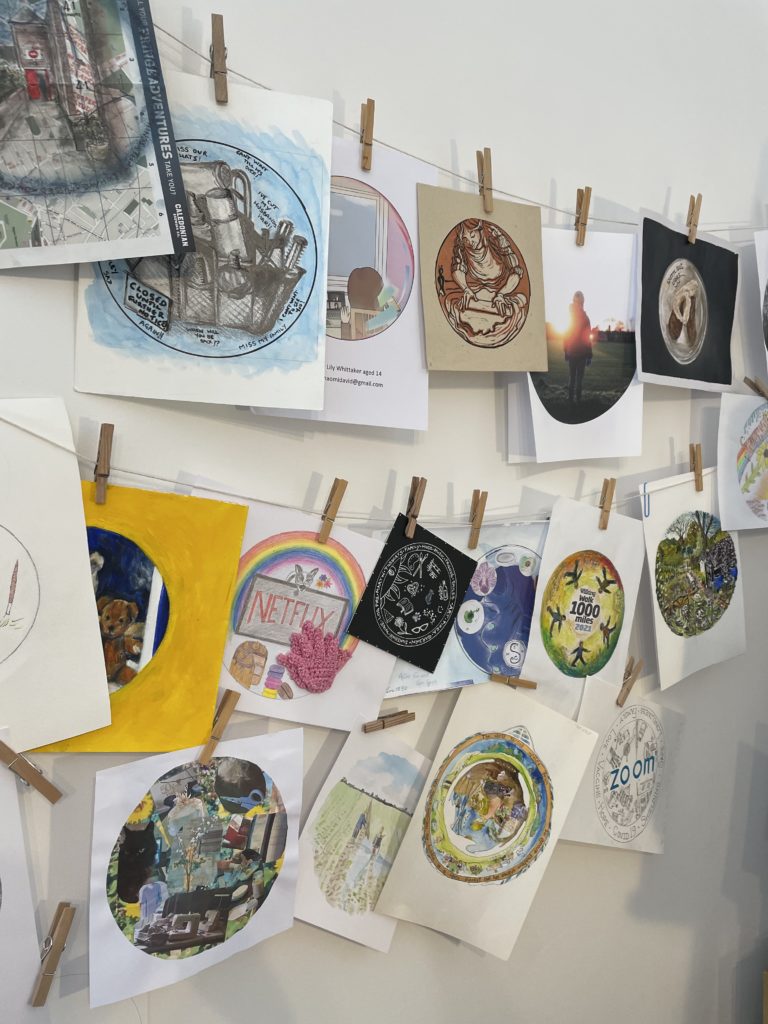
A Year Of Change: My Bubble: how to take part
Submission deadline: Tuesday, March 23 2021
Exact requirements of your artwork:
Your design must be enclosed within a circle that is a minimum diameter of 12cms (the size of a CD) to a maximum diameter of 21 cms (the width of an A4 sheet of paper).
If your design is on a piece of paper, card or similar, please do not cut out the circle! Instead, leave it with at least a square around it.
“This is because we may join some ‘bubbles’ together to form a 3D display,” say the organisers. “You can decorate this area if you like but do be aware that it may have holes punched into it at a later date, or it may be cut off, depending on the final overall outcome. Therefore, please concentrate your main design within ‘the bubble’, which will not be tampered with.”
Your artwork must be lightweight enough to Blu Tack to a wall.
Your piece should be personal to you and inspired by your life in York during Covid-19 times.
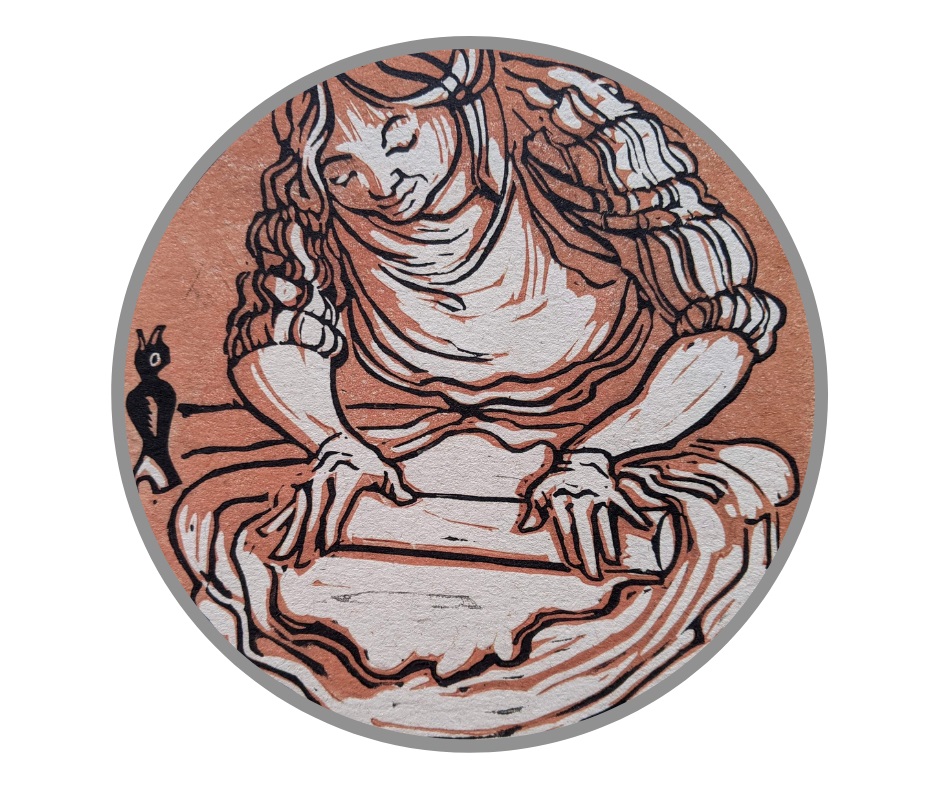
Donna and Katie are hoping for a range of responses but some of the ideas/themes you may wish to explore as initial lines of enquiry include:
Neighbours; home school; working from home; loss; support for essential workers.
Or how about: hobbies and interests; walks or exercise regimes; your garden; view from you home; family & friends; specific objects that are important to you; home comforts; a close-up of a room in your house; your lockdown clothing/footwear?
You may use any medium you choose, so your artwork could be sewn, painted, drawn, collaged etc. Or you could use a mix of materials.
Important notice!
Only one entry per person.
Before submitting your artwork, you must ensure that you write the following information on the back (or write it on a separate sheet and include it as part of your submission):
Your name
Your age (if under 18)
A contact email address (PLEASE USE CAPITAL LETTERS)
A contact phone number
Your postcode
You may, if you wish, also write a short description about your piece/inspiration. Only a sentence or two will do but this is not absolutely necessary.
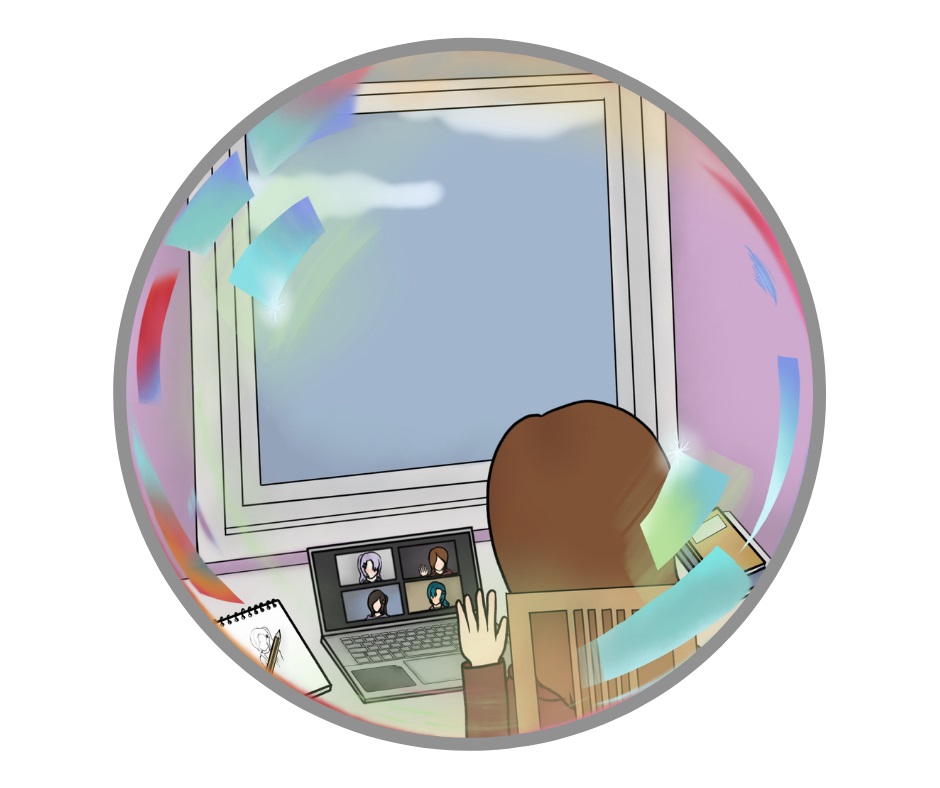
Where to deliver your artwork:
Please deliver you final piece through one of the letterboxes at Southlands Methodist Church, marking the envelope FAO: My Bubble. You will find the letterboxes at the Southlands Road and Nunmill Street entrances.
Or post your finished artwork (making sure you add an appropriate stamp to cover the cost!) to:
“My Bubble” (South Bank Studios), Southlands Methodist Church, 97, Bishopthorpe Road York, YO23 1NX.
If you are shielding and are unable to do either of the above, Donna and Katie can arrange to collect your artwork from your doorstep. Use this email address if this is the case: southbankstudiosyork@gmail.com
Communications:
After submitting your My Bubble artwork, all correspondence will then be via email. In taking part in the project, you will be added to the South Bank Studio mailing list that has been set up so everything can be collated, keeping you up to date on progress so far and physical exhibition dates.
By taking part you are agreeing that you are happy for your name, email address and contact number to be on this list. You will be asked at the end of the project if you would like to be deleted from this list – or you can, of course, unsubscribe at any time by sending in an email.
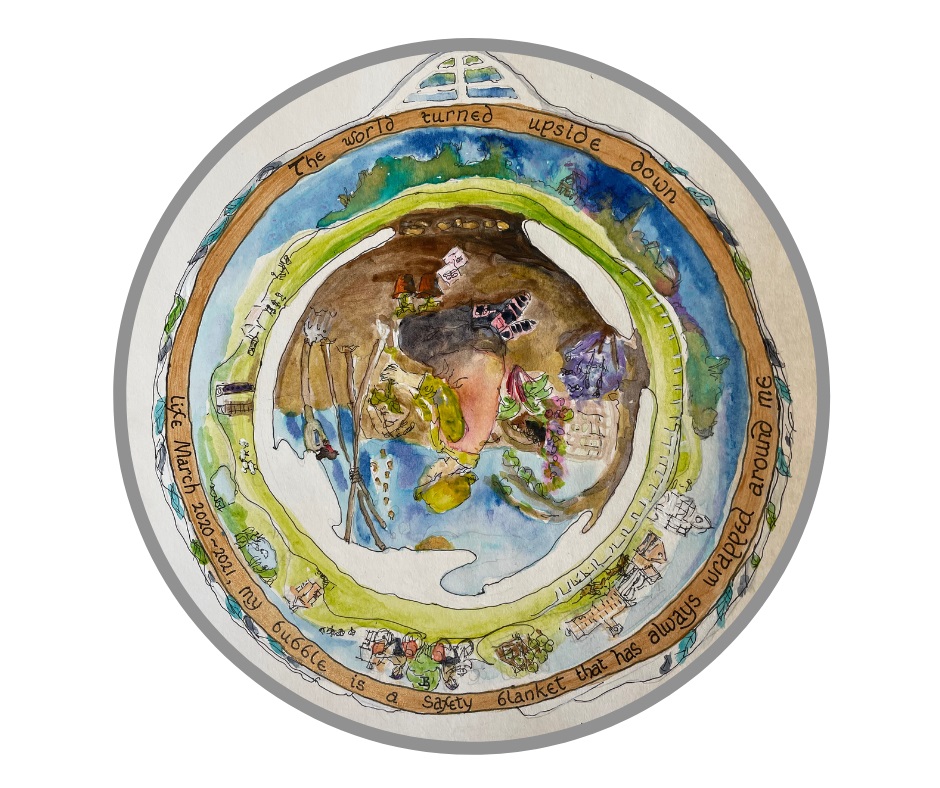
Website/Social Media:
Donna and Katie will publish the images of the artwork produced on the website southbankstudios.co.uk and associated social media accounts, but individual names and contact details will not be published.
Further details on the project can be found at: southbankstudios.co.uk/art-project. Facebook:.https://www.facebook.com/SouthBankStudiosYork
Instagram: @southbankstudiosyork
https://www.instagram.com/southbankstudiosyork/
Donna and Katie’s exhibition plans:
“We are aiming to get 365 ‘bubbles’ to represent a year, but if we do not have enough entries by the deadline (March 23), we shall open it up, so there may be an opportunity for you to submit more than one piece after this date,” they say. “We will let you know via email if this is the case.”
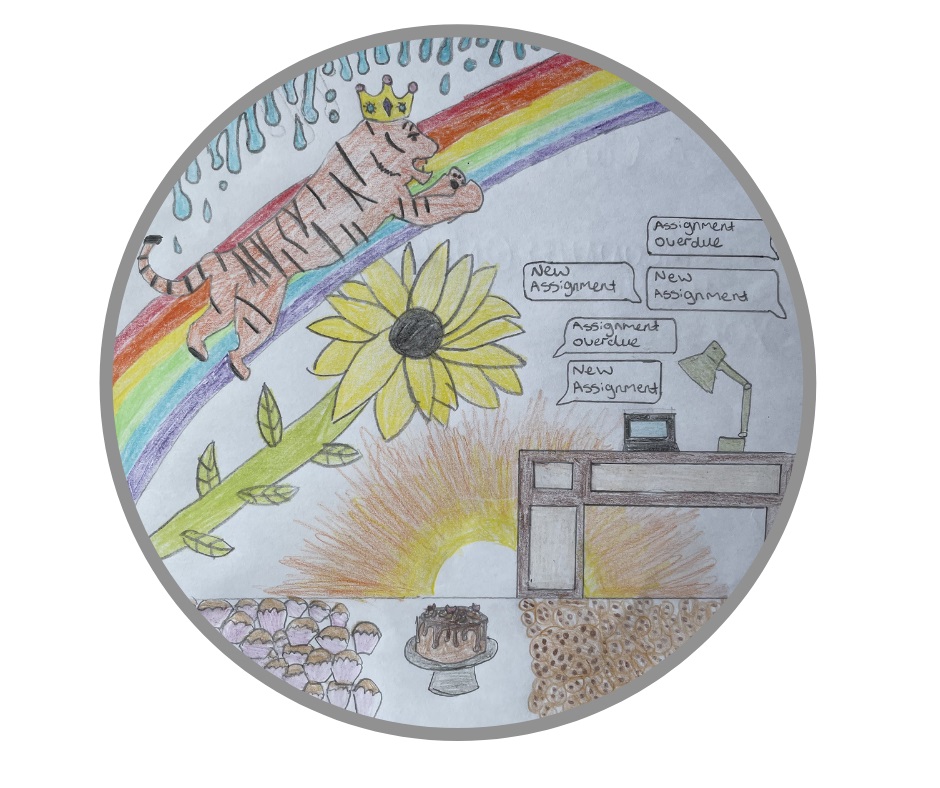
Return of artwork:
Artwork will be available for collection after the exhibition has finished. You will be contacted via email to inform you of when it can be collected.
Additional information:
If you would like any further information, or if you would like to take part in the project but do not have any materials, please contact Donna and Katie, who will do their best to help at: southbankstudiosyork@gmail.com.
Extra support if you need it:
Donna and Katie say: “We have designed this project in the hope that it will provide something positive for those who live within our city, although we appreciate that for some these times have been extremely challenging.
“Therefore, if you do feel like you need additional support in any way,we would encourage you to please reach out. Here is a really good link to the organisations and people in York who can help you and they are only a phone call or text away: https://www.livewellyork.co.uk/FeelRealYork.”
